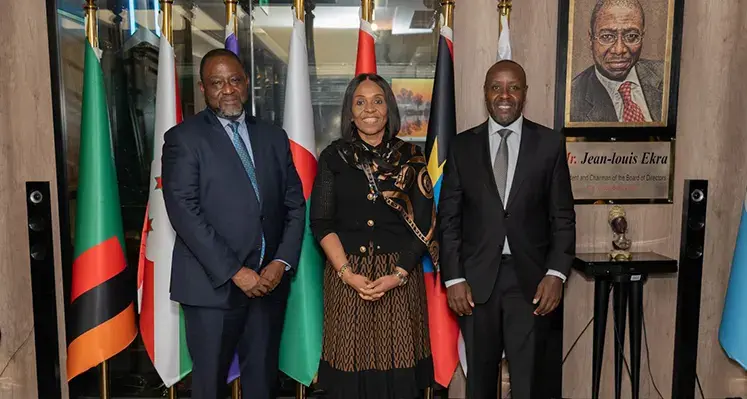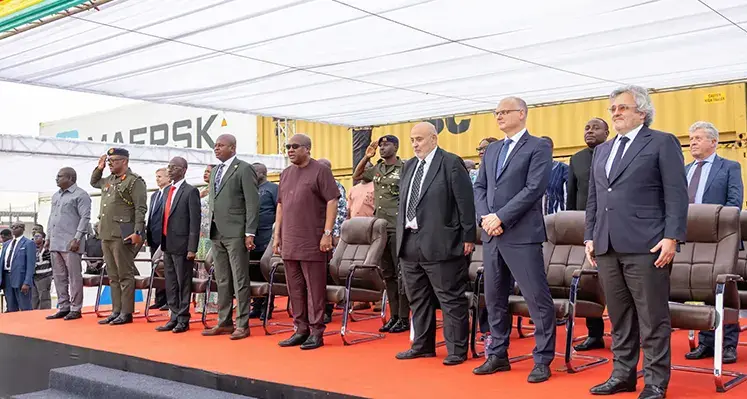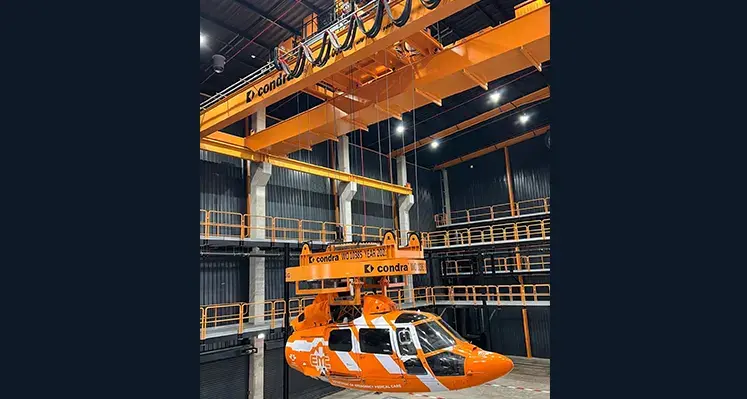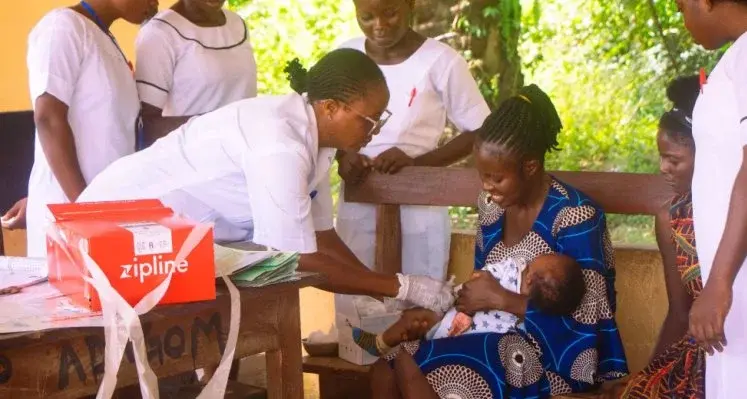The African Airlines Association (AFRAA) has announced a major shift for the continent’s aviation sector with the full-scale rollout of Free Route Airspace (FRA) across the Western and Central Africa (WACAF) region as of 30 October 2025
This development follows the positive outcomes of FRA trials that began in November 2023, enabling airlines to design and operate more direct User Preferred Routes (UPRs). The shift to UPRs marks a significant improvement in operational efficiency, allowing pilots to choose optimal flight paths based on real-time conditions instead of adhering to fixed conventional routes. The result is reduced fuel use, faster journeys and lower emissions, enhancing both sustainability and airline performance.
The African Export-Import Bank (Afreximbank) has backed the FRA programme from the outset, supporting its progression within the framework of its Memorandum of Understanding with AFRAA, the International Civil Aviation Organisation’s Global Air Navigation Plan and the work of the Africa-India FRA Planning and Implementation Regional Group.
The full implementation is the outcome of collaboration between air operators and air navigation service providers, who agreed to conclude the trial period during a joint workshop in Dakar, Senegal.
“The implementation of Free Route Airspace in the WACAF region is a game-changer for African aviation,” said Abdérahmane Berthé, AFRAA secretary general.
“This is a testament to what we can achieve through collaboration. By cutting flight times and fuel consumption, we are not only boosting the competitiveness and profitability of our airlines but also making a significant commitment to environmental sustainability.”
Kanayo Awani, executive vice-president for Intra-African Trade and Export Development at Afreximbank, also highlighted the bank’s continued support: “Efficient, safe, and well-regulated air services are critical to facilitating intra-African trade, tourism and connectivity in line with the objectives of the Single African Air Transport Market (SAATM) and the African Continental Free Trade Area (AfCFTA). Afreximbank is fully committed to supporting the full implementation of SAATM and the establishment of an effective and efficient aviation industry through a range of financing instruments, including its aircraft leasing platform as well as trade facilitation interventions.”
The initiative has already demonstrated tangible benefits for the first airlines involved. Six major carriers, Ethiopian Airlines, Kenya Airways, EGYPTAIR, Royal Air Maroc, RwandAir, and ASKY Airlines, received approval to operate UPRs linking 30 important routes. These optimised trajectories are expected to save more than 1,393 flight hours each year, reduce fuel consumption by 5,000 metric tonnes, avoid 16,000 metric tonnes of CO₂ emissions and cut fuel costs by around US$15mn annually.
With the WACAF region now fully accessible for free routing, airlines can file User Preferred Routes from 30 October 2025. ANSPs have also agreed to process new UPR requests within 48 hours. Once administrative updates across the 24 WACAF states are completed, the approval requirement will be removed entirely from mid-2026.
Following the WACAF milestone, attention will now turn to implementing FRA across the Eastern and Southern Africa (ESAF) region in 2026. Plans also include the creation of a digital coordination platform to simplify the interaction between airlines and ANSPs across the continent.







